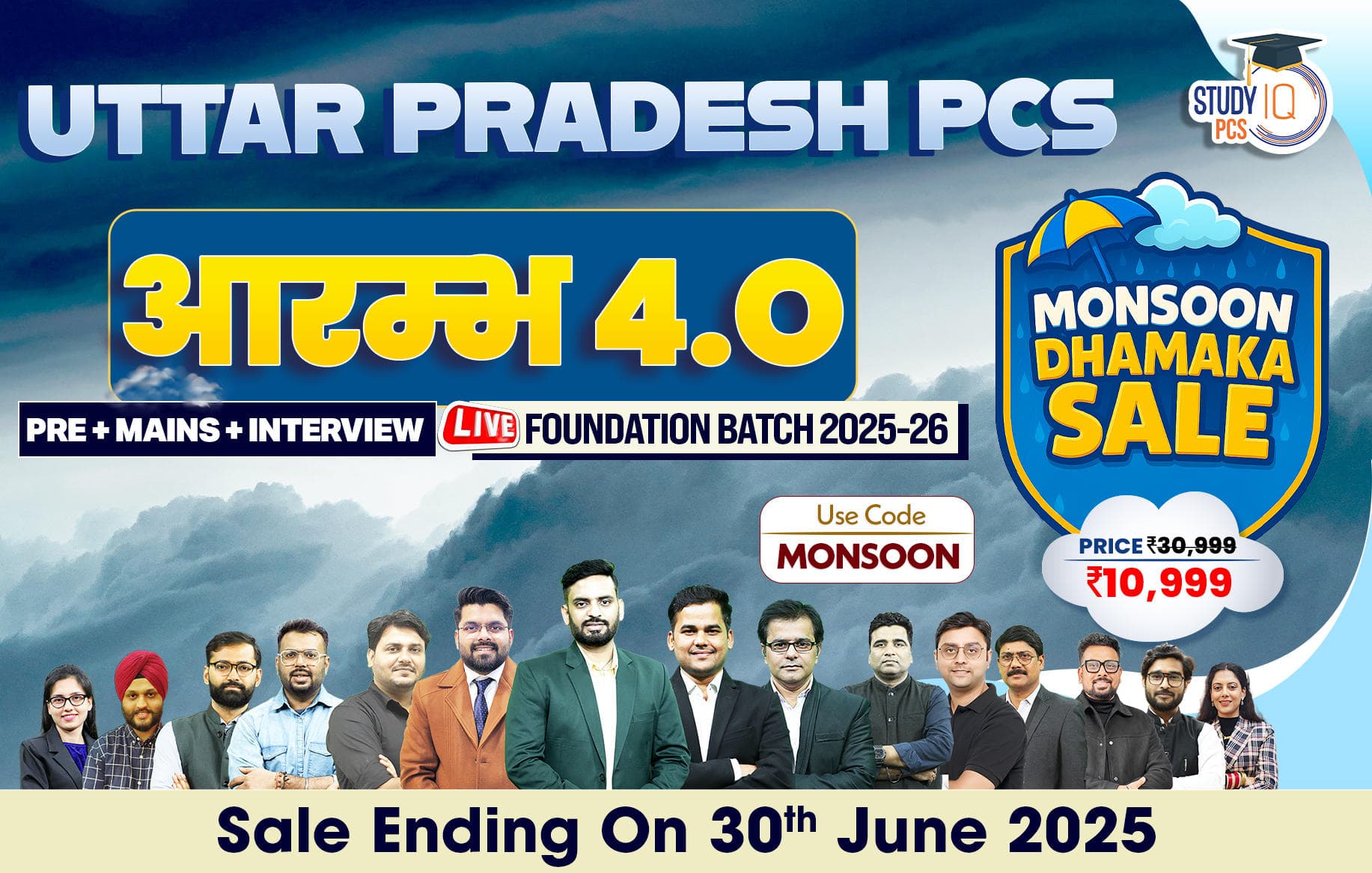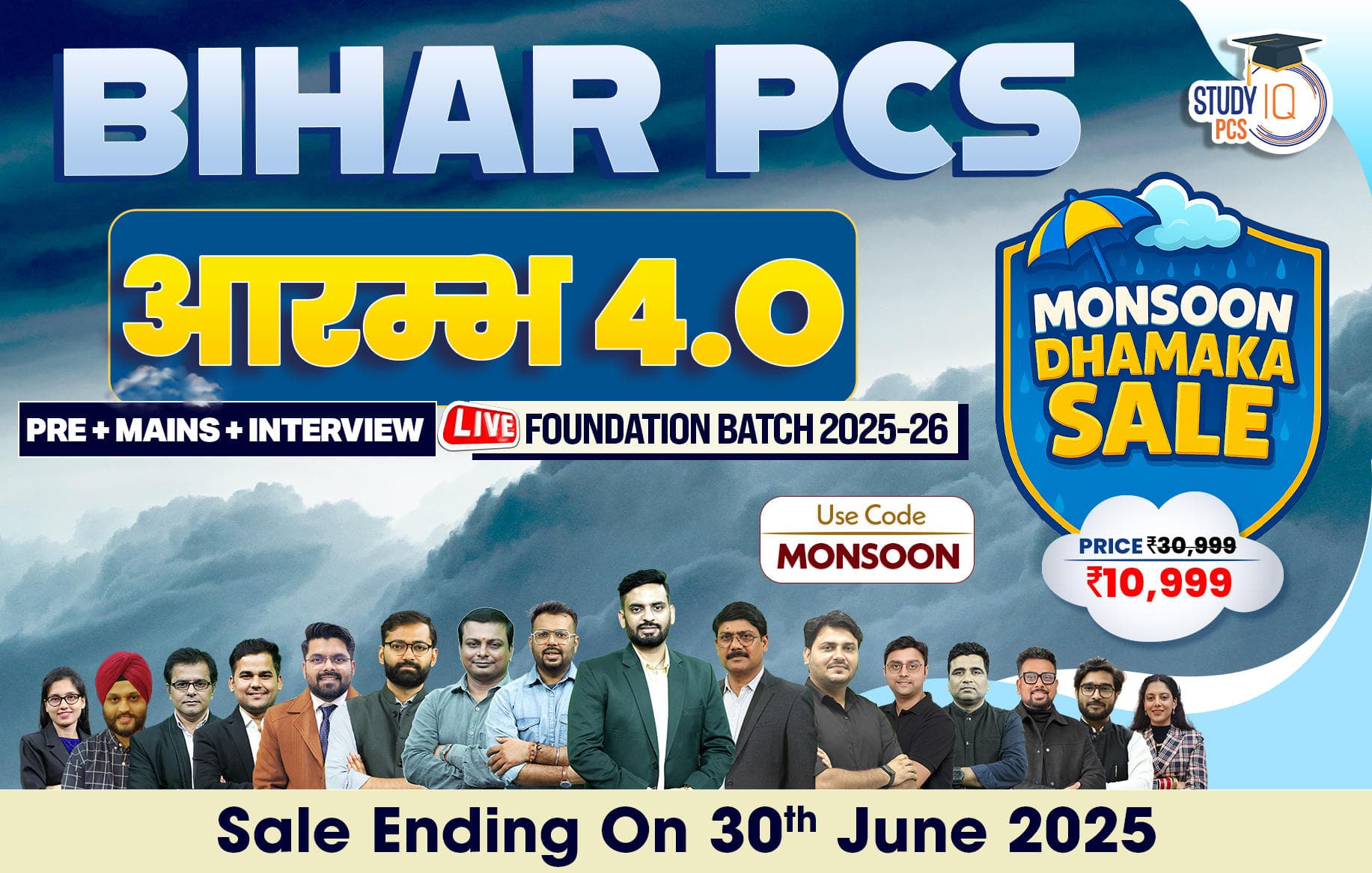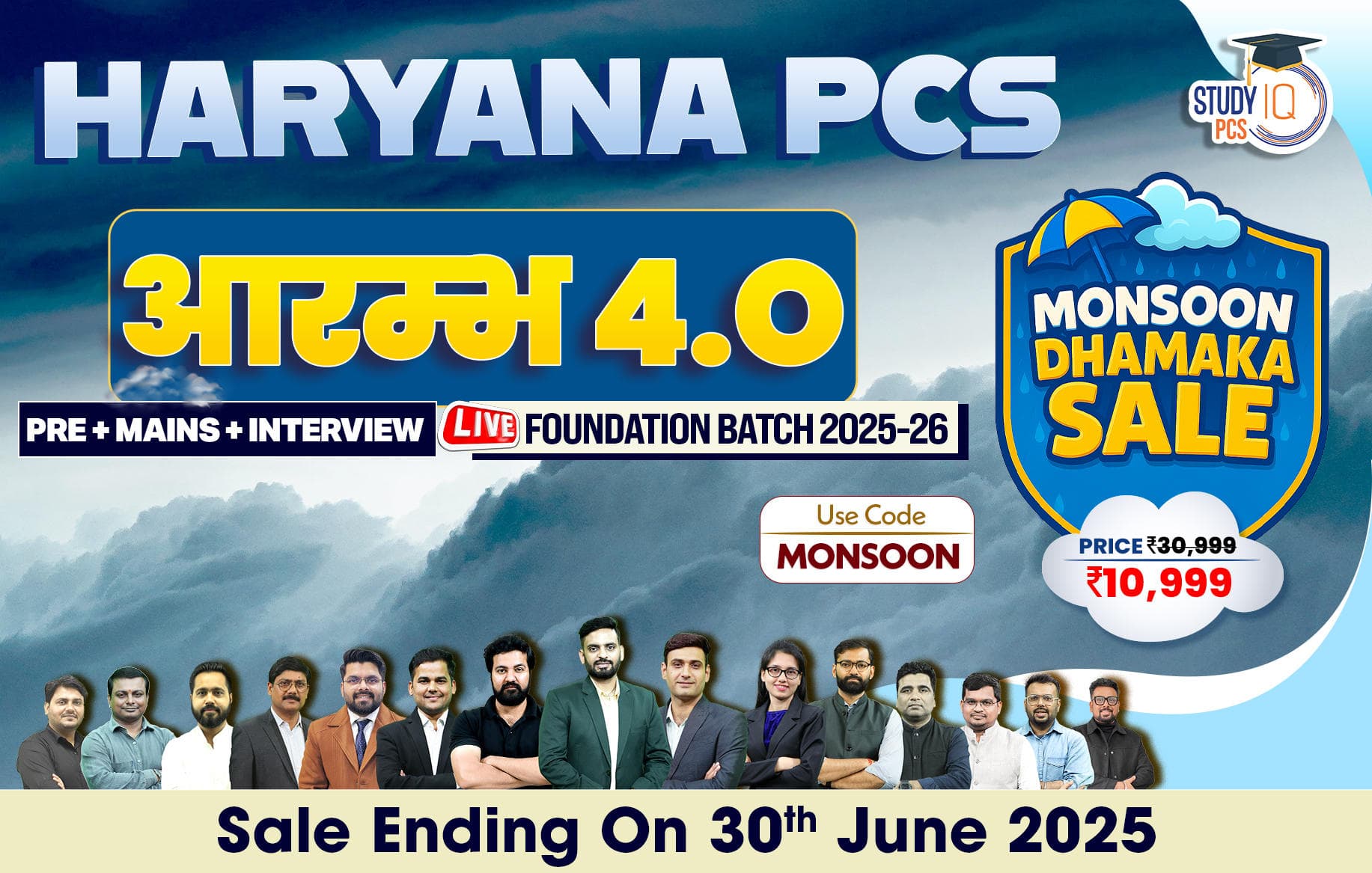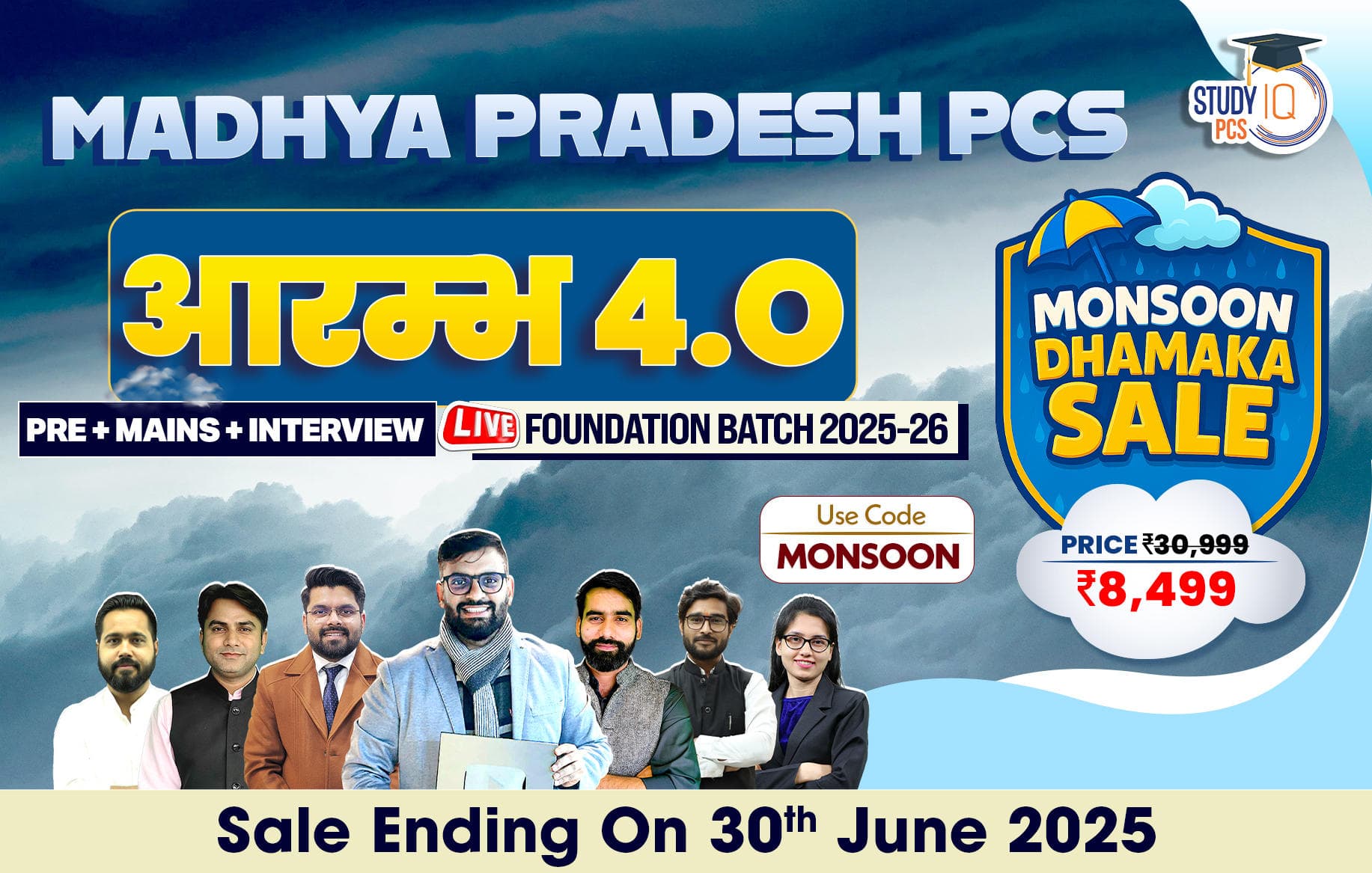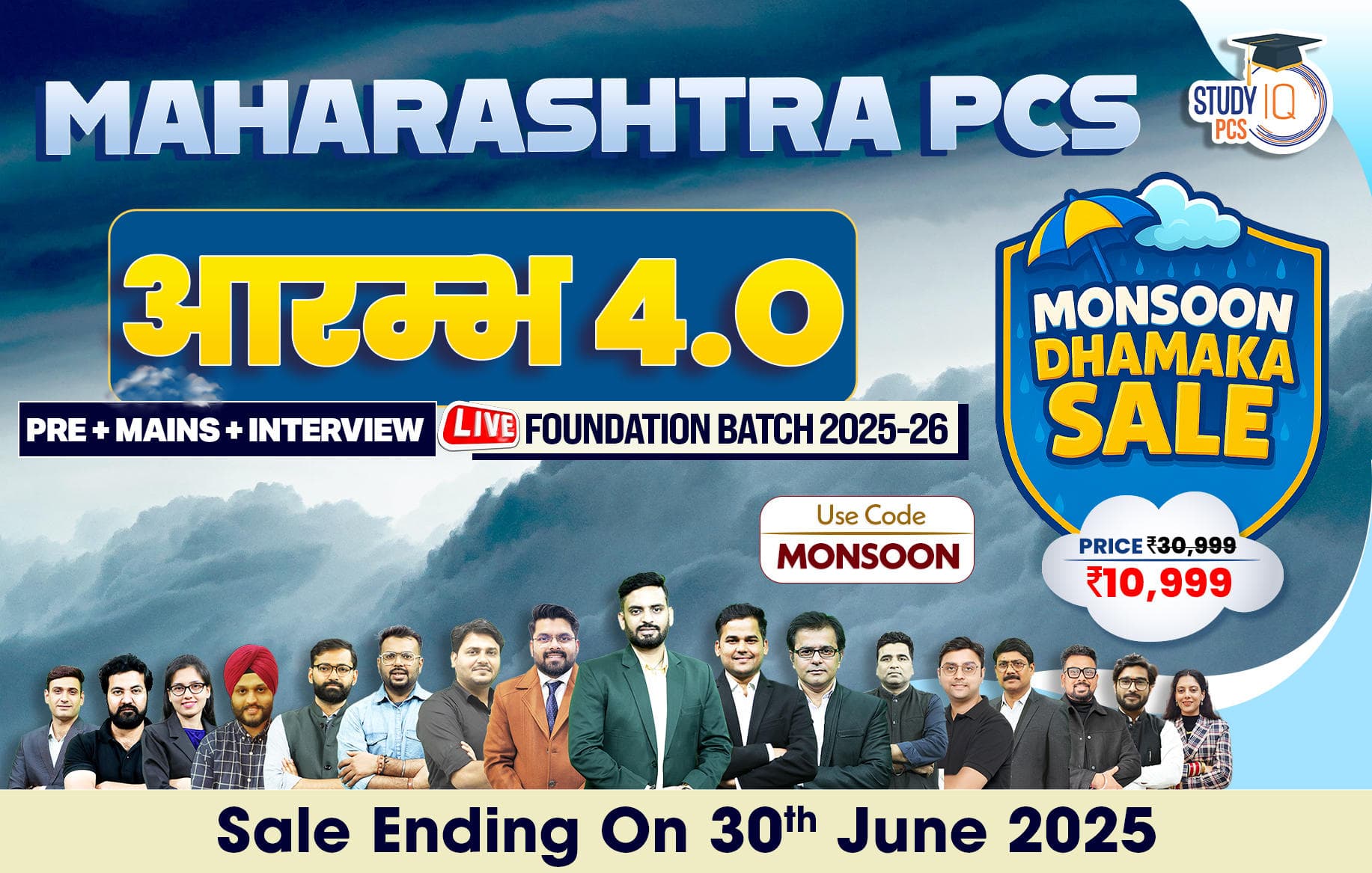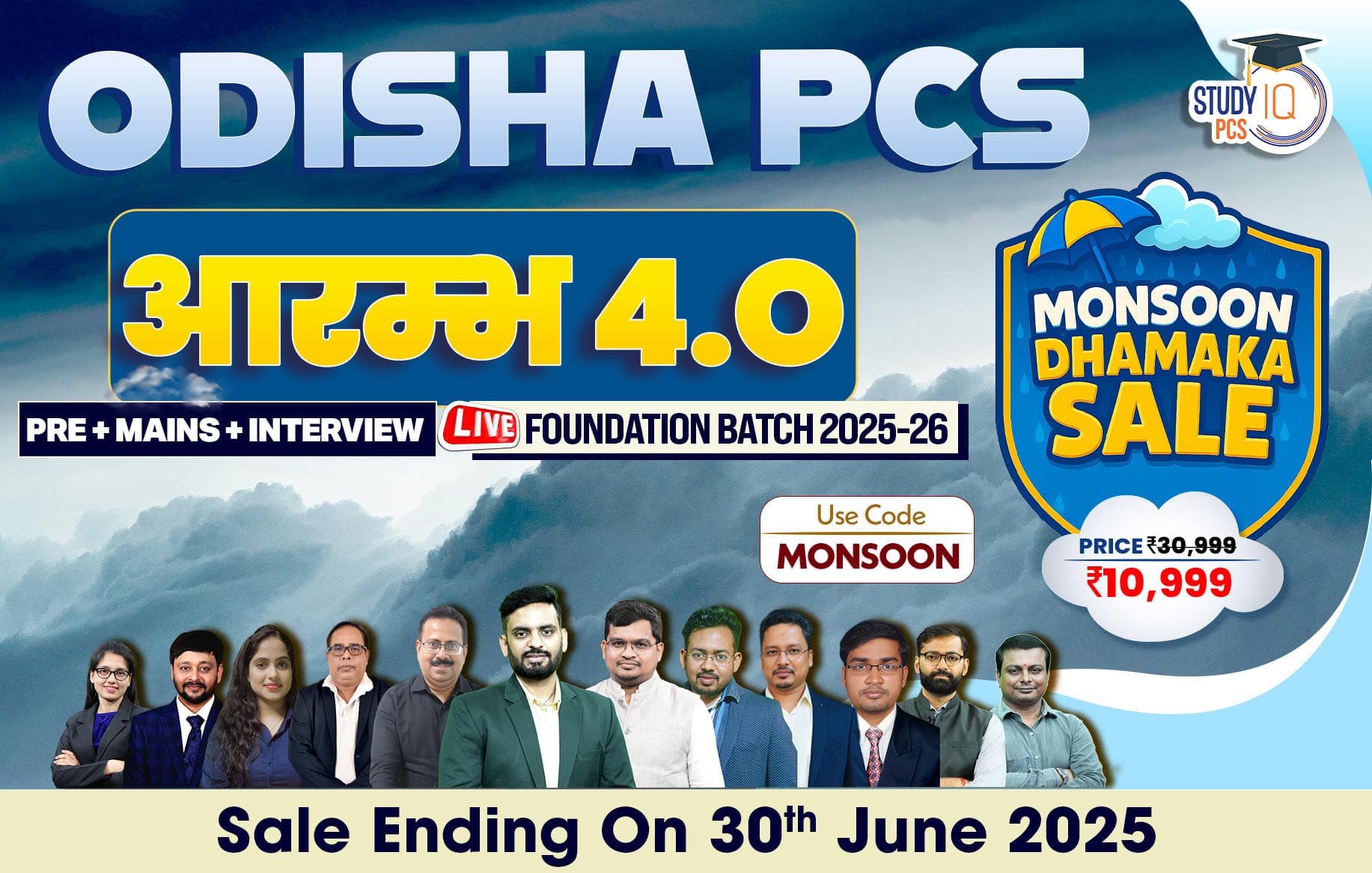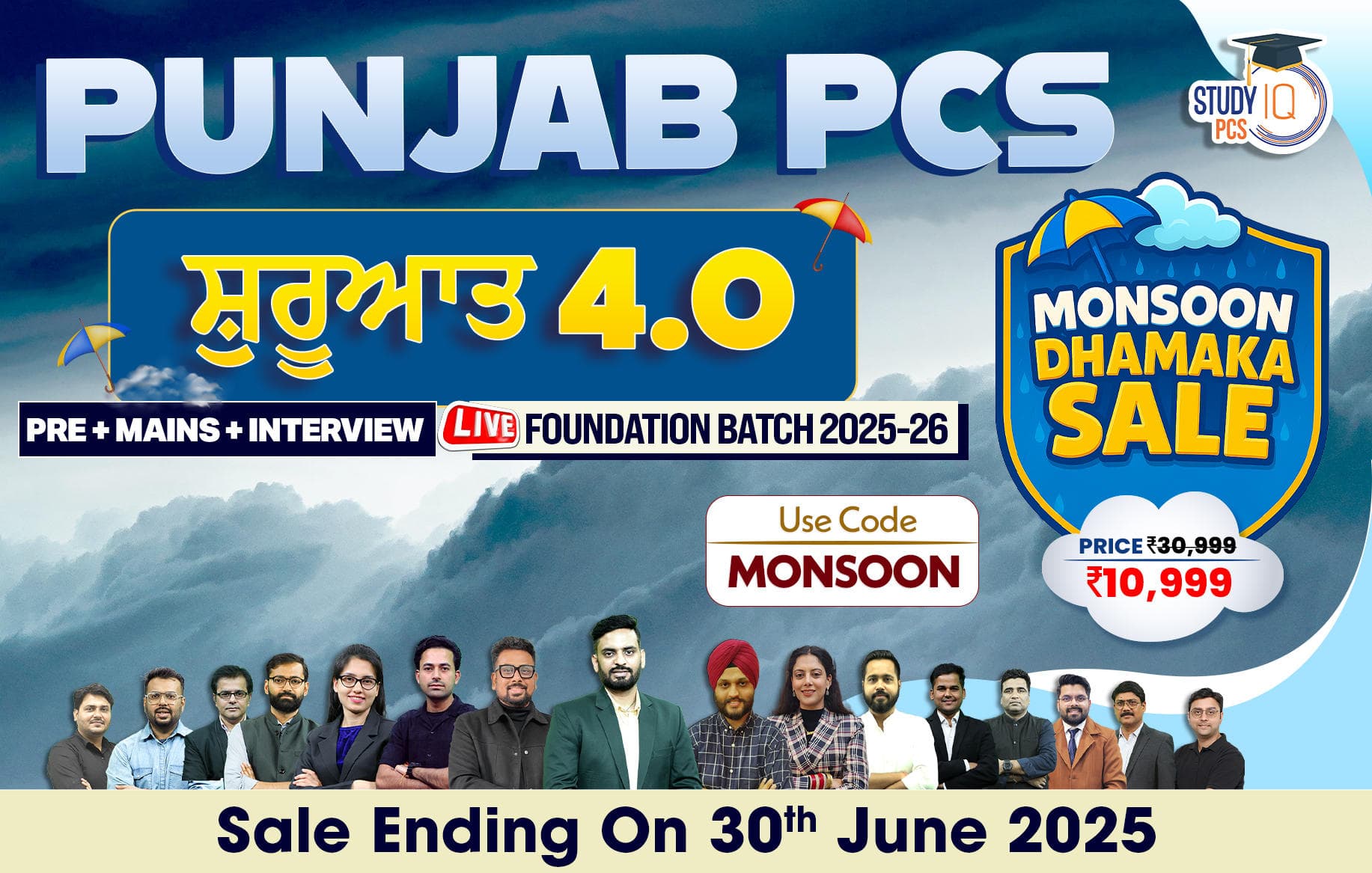|
APPSC Group 1 Mains Syllabus
|
| Paper |
Syllabus |
| English |
1. Essay (20 marks)
An essay of a minimum of around 200 words up to a maximum of 250 words: Choose any topic from a list of five, which can be descriptive, analytical, philosophical, or based on Current Affairs.
2. Letter Writing (10 marks)
A formal letter of about 100 words expressing one’s own opinions about a given issue. The issues may be about daily office matters, a problem that has occurred in the office, or an opinion in response to one sought by a ranked officer, etc.
3. Press Release or Appeal (10 marks)
The PR or appeal of about 100 words should be on an issue of recent concern, problem, disaster, rumours, etc.
4. Report Writing (15 marks)
A report in around 150 words on an official function/event/field trip/survey etc.
5. Writing On Visual Information (15 marks)
A report in around 150 words on a graph, image, flow chart, table of comparison, or simple statistical data, etc.
6. Formal Speech (15 marks)
A speech (in a formal style) of about 150 words must be read out in a formal function. This may be an inauguration speech, an educational seminar or conference, a formal ceremony of importance, etc.
7. Precis Writing (15 marks)
A precis is around 100 words for a 300-word passage.
8. Reading Comprehension (15 marks)
A reading passage of around 250 words is to be given, followed by short-answer type questions.
9. English Grammar (20 marks)
There will be a multiple-choice question set from the following list:
- Tenses
- Voice
- Narration (Direct-Indirect)
- Transformation of sentences
- Use of Articles and Determiners
- Use of Prepositions
- Use of Phrasal verbs
- Use of idiomatic expressions
- Administrative Glossary
- Synonyms and Antonyms
- One-word substitution
- Cohesive devices or Connectives or Linkers
- Affixes
- Words that confuse homonyms and homophones.
10. Translation (15 marks)
The translation of a short passage of around 150 words from the Regional Language to English. |
| Telugu |
1. Essay (20 marks)
An essay of a minimum of around 200 words and a maximum of 250 words: Choose any of the topics from a list of five, which can be descriptive, analytical, philosophical, or based on Current Affairs.
2. Elaboration (10 marks)
To elaborate on the thought of poetry or verse (any two of the three) in about 100 words.
3. Precis Writing (10 marks)
One-third summary of the given passage in your own words.
4. Comprehension (10 marks)
A reading passage consisting of about 250 words is to be given, followed by short-answer type questions.
5. Formal Speech (10 marks)
A (Welcome, Farewell, Inauguration etc.) / Speech for the press conference (energy, farm credit, pollution, health related policy or problem) (in about 150 words)
6. Prepare The Statements (10 marks)
For the publicity media around 100 words or so.
7. Letter Writing (10 marks)
A letter of Congratulation, Best wishes, Request, or Complaint in about 100 words.
8. Debate Writing (10 marks)
Write a debate in about 150 words on a Newspaper issue or current issues or editorial presenting one’s individual opinion.
9. Application Writing (10 marks)
Write an application in about 150 words.
10. Report Writing (10 marks)
Write a report in about 150 words.
11. Dialogue Writing or Dialogue Skills (10 marks)
Write dialogues between two people in about 150 words depicting a Group discussion, or work meeting, discussing topics such as water, agriculture, health, sanitation, education-related problems, etc.
12. Translation (10 marks)
Translation from English to the Telugu Language.
13. Grammar Of Telugu (20 marks) |
| Paper-I General Essay |
The candidates are required to attempt three essays, of 800 words each, one from each of the three sections.
CONTENTS
- Current affairs
- Socio-political issues
- Socio-economic issues
- Socio-environmental issues
- Cultural and historical aspects
- Issues related to civic awareness
- Reflective topics
AREAS OF TESTING
- Knowledge and awareness of a variety of subjects (or the subjects chosen).
- The ability to compose a piece of writing that is well-argued in the form of an essay.
- The ability to express ideas coherently and sequentially.
EVALUATION OR MARKING
The credit given will be based on the following:
- Observing established rules and formats for essay writing
- Grammatical correctness of expression used.
- Originality of thoughts and their expressions.
|
| Paper-II History, Culture and Geography of India and Andhra Pradesh |
HISTORY AND CULTURE OF INDIA
- Prehistoric Cultures in India – Indus Valley Civilization – Vedic Culture – Mahajanapadas – Emergence of New Religions -Jainism, Buddhism – The Rise of the Magadha and the Age of the Mauryas – Ashoka Dharma – Foreign Invasions on India – The Kushans. The Satavahanas, the Sangam Age in South India – the Sungas – the Guptas- the Kanauj and their Contributions- Historical Accounts of Foreign Travelers – Early Educational Institutions.
- The Rise of the British Rule in India from the year 1757 to 1856 – Land Revenue Settlements, Permanent Settlements, Ryotwari, and Mahalwari – The 1857 Revolt and its Impact – Education, Press, Cultural Changes – The Rise of National Consciousness and Changes- Socio-Religious Reform Movements in 19th century- Rajaram Mohan Roy, Dayananda Saraswathi, Swami Vivekananda, Annie Besant, Sir Syed Ahmad Khan, and so on. The Rise of Indian Nationalism – The Activities of the Indian National Congress INC) – Vandemataram, The Self Respect Movement – Jyothiba Phule, Narayana Guru, and Periyar Ramaswamy Naicker – Home Rule Movements – The Role of Mahatma Gandhi, Subhash Chandra Bose, and Sardar Vallabhai Patel – Satyagraha- Quit India Movement – Dr. B.R. Ambedkar and his Contributions to India.
- The Pallavas, the Eastern Chalukyas, the Badami Chalukyas, the Rashtrakutas, the Kalyani Chalukyas, and the Cholas – Socio-Cultural Contributions, Language, Literature, Arts and Architecture – The Delhi Sultanates – The Advent of Islam and its Impact – Religious Movements like Bhakti and Sufi and Its Influence. Growth of Vernacular Languages, Scripts, Literature, Fine Arts – Socio-Cultural Conditions of the Kakatiyas, the Vijayanagaras, the Bahmanis, the Qutub Shahis, and their contemporary South Indian kingdoms.
- The Mughal Administration, Socio-Religious Life and Cultural Developments – Shivaji and the Rise of the Maratha Empire – The Advent of Europeans in India. Trade practices – The Rise of East India Company its Hegemony- Changes in Administration, Social and Cultural spheres- Role of Christian Missionaries.
- Indian Nationalism in its three phases – The Freedom Struggle 1885 to 1905, 1905 to 1920, and Gandhi Phase 1920 to 1947- The Peasant, Women, Tribal and Workers Movements – The Role of Different parties in the Freedom Struggle – The Local and Regional Movements – The Inter-Religious Unity and Communalism. The Independence and Partition of India – India after Independence – Rehabilitation after Partition- Linguistic Reorganization of States – Integration of the Indian States – Indian Constitution- Economic policies – Foreign Policy Initiatives.
HISTORY AND CULTURE OF ANDHRA PRADESH
- Medieval: Socio-Cultural and Religious Conditions in Andhradesa from 1000 to 1565 AD – Antiquity, Origin and Growth Telugu Language and Literature (Kavitraya – Ashtadiggajas) – Fine Arts, Art and Architecture during the reign of the Kakatiyas, the Reddis, the Gajapatis and the Vijayanagaras and their feudatories. Historical Monuments – Their Significance, Contribution of Qutub Shahis to Andhra History and Culture – Regional Literature – Praja Kavi – Vemana and others.
- Ancient: The Ikshvakus, the Satavahanas, the Salankayanas, the Vishnukundins, and the Pallavas – Social and Economic Conditions – Religion, Language (Telugu), Literature, Art and Architecture – Jainism and Buddhism in Andhra Pradesh. The Eastern Chalukyas, the Renati Cholas, the Rashtrakutas, and others – Socio-Cultural life, Religions – The Telugu Language and Script, Literature, Art, and Architecture, etc.
- Modern: The European Trade Establishments in Andhra – Andhra Under the Company Rule – Role of the Christian Missionaries – Socio-Cultural, Literary Awakenings – C.P. Brown, Thomas Munro, Mackenzie – Zamindary and Polegary System – The native states and Little Kings. The Role of Social Reformers – Gurajada Apparao, Kandukuri Veeresalingam, Raghupati Venkataratnam Naidu, Gidugu Ramamurthy, Annie Besant, and others – The Library Movement in Andhra Pradesh- The Role of News Paper – Folk and Tribal Cultures, Oral Traditions, Subaltern Culture, The Role of women.
- Andhra Pradesh: The Bifurcation of Andhra Pradesh and its Impact on Administrative, Economic, Social, Political, Cultural and Legal Implications – The Loss of the Capital City, The Building of a New Capital and its Financial Implications – The Division of Employees and their Native Issues – The Effect of Bifurcation on Trade and Commerce, Industry – The Implication of Financial Resources of State Government. Developmental Opportunities – Socio-Economic, Cultural and Demographic impact of the Bifurcation- Impact on River water sharing and other link issues- Andhra Pradesh Reorganisation Act. 2014 – The Arbitrariness of certain provisions.
- Nationalist Movement: Role of Andhra leaders- Justice Party, Non-Brahmin Movement- Nationalist and Revolutionary Literature- Gurram Jashuva, Boyi Bheemanna, Sri Sri, Garimella Satyanarayana, Rayaprolu Subbarao, Unnava Lakshminarayana, Tripuraneni Ramaswamy Choudhary and others, Andhra Maha Sabha, Andhra Movement- prominent leaders- Alluri Sitaramraju, Duggirala Gopalakrishnaiah, Konda Venkatappayya, Pattabhi Seetaramaiah, Ponoka Kanakamma, Dokka Seethamma- Grandhlaya Movement- Ayyanka Venkataratnam, Gadicherla Harisarvothamarao, Kasinanathuni Nagesvara Rao- Potti Sreeramulu Formation of Andhra State, The 1953 Emergence of Andhra Pradesh, 1956 – Andhra Pradesh 1956 to 2014- Causes for Bifurcation, 2nd June 2014 Impact.
GEOGRAPHY: INDIA AND ANDHRA PRADESH
- Physical Features and Resources: Of India and Andhra Pradesh, Major landforms, Climatic changes, Rivers, Water, Streams, Soil types, Geology, Rocks, Mineral Resources, Metals, Clays, Construction Materials, Reservoirs, Dams – Forests, Mountains, Hills, Fauna and flora, Plateau Forests, Hill Forests, Vegetation Classification.
- Economic Geography: Agriculture, Livestock, Forestry, Fishery, Mining, Quarrying, Household Manufacturing, and other Industries — Agro, Mineral, Forests, Fuel and manpower, Trade and Commerce, Communications, Road Transport, Storage and so on.
- Social Geography: Population Movements and Distributions, Human Habitations, Density, Age, Sex, Rural, Urban, Race, Caste, Tribe, Religion, Linguistic, Urban Migration, Education Characteristics.
- Fauna and Floral Geography: Wild Animals, Birds, Reptiles, Mammals, Trees and Plants, and more.
- Environmental Geography: Sustainable Development, Globalisation, Temperature, Humidity, Cloudiness, Winds, Special Weather Phenomena, Natural Hazards — Earthquakes, Landslides, Floods, Cyclones, Cloud Bursts, Disaster Management, Impact Assessment, Environmental Pollution, Pollution Management.
|
| Paper-III Polity, Governance, Law and Ethics |
INDIAN POLITY AND CONSTITUTION
- The Indian Constitution and its salient features – The Functions and Duties of the Indian Union and the State Governments.
- The Rural and Urban Local Governance under the 73rd and 74th Constitutional Amendments – Constitutional Authorities and their Roles.
- The Parliament and State Legislatures — structure, functioning, the conduct of business, powers and privileges, and the issues arising out of them.
- The Judiciary in India — Its Structure, and functions, important provisions relating to emergency and constitutional amendments, judicial review, and Public Interest Litigation.
- The Issues and challenges about the Federal structure — The Role of the Governor in States – The Distribution of powers between the Union and States (Union list, State list, and Concurrent list — Issues and challenges.
PUBLIC ADMINISTRATION AND GOVERNANCE
- Their Meanings, Nature and Scope of Public Administration — Evolution in India —Administrative ideas in Kautilya’s Arthashastra; the Mughal administration; The Legacy of the British rule.
- The Government policies and interventions for the development of various sectors and the issues and problems regarding their implementation.
- The Development processes – the role of civil society, NGOs, and other stakeholders.
- The Statutory, regulatory, and various quasi-judicial authorities – The Role of Civil Services in Democracy.
- Good governance and e-governance – Transparency, accountability, and responsiveness in governance — The Citizen’s Charter. The Right to Information (RTI), Public Service Act and their implications, Concept of Social Audit, and its importance.
BASIC KNOWLEDGE OF LAWS IN INDIA
- Constitution of India: Nature and salient features – Fundamental Rights and Directive Principles of State Policy – Bifurcation of powers between centre and state (state list, union list and concurrent list) – Powers of judiciary, executive and legislature.
- Labour Law: Concept of social welfare legislations in India, changing trends in employment and necessity for new labour laws.
- Cyber Laws: Information Technology Act – Cyber Security and Cyber Crime – difficulties in determining competent jurisdiction of courts in case of cyber crimes.
- Tax Laws: Laws related to income, Profits, Wealth Tax, Corporate Tax – GST.
- Civil and Criminal laws: hierarchy of civil and criminal courts in India – difference between substantial and procedural laws – order and decree – new developments in criminal laws, Nirbhaya Act.
ETHICS IN PUBLIC SERVICE AND KNOWLEDGE IN LAW
- Ethics and the Human Interface: Essence, the determinants, and the consequences of Ethics in Human actions.
- Concept of Public Service: The “Philosophical basis of Governance Professional Ethics in the light of right understanding and Vision for Holistic Technologies” – The Codes of Ethics, the Codes of Conduct, The Right to Information (RTI), The Public Service Act, Leadership Ethics, The Work culture, Ethical principles within an Organisational context – The Ethical and moral values in governance, Ethical issues in international relations, corruption, Lokpal, Lokayukta.
- The Dimensions of Ethics: Ethics in Private and Public Relationships, Ethics-integrity, and Accountability in the Public Services.
- Human values: Understanding the Harmony in Human relationships in society and in nature. Gender Equality in the Relationships. The Role of the family, society, and educational institutes in imparting values to the nation’s citizens. Lessons learnt from the lives and teachings of some great leaders, reformers, and administrators.
- Attitude: Content, Functions, its influence, and its relation with thought and behaviour, Moral and Political attitudes, the role of social influence and persuasion. Emotional intelligence concepts and their utilities and application in Administration and Governance.
|
| Paper-IV Economy and Development of India and Andhra Pradesh |
- Resource mobilization in Andhra Pradesh: Budgetary resources and constraints – Fulfillment of the conditions of A.P Bifurcation Act – central assistance and issues of conflict – public debt and projects of external assistance – Physical resources – Mineral and forest resources – Water disputes with neighbouring states
- Government Budgeting: Structure of Government budget and its components – Budgeting process and recent changes – of – Types of budget – types of deficits, their impact and management – Highlights of current year’s union budget and its analysis – GST and related issues – Central assistance to states – Issues of federal finance in India – Recommendations of the latest finance Commission
- Government budgeting in Andhra Pradesh: Budget constraints – Central assistance and issues of conflict after bifurcation of the state – management of deficits – – Highlights and Analysis of the current year budget – State finance Commission and local finance in Andhra Pradesh
- Inclusive Growth: Meaning of inclusion – Causes of exclusion in India – Strategies for and instruments of inclusion: Poverty alleviation and employment, Health and Education, women empowerment, social welfare schemes – Food Security and Public Distribution System – sustainable agriculture – Integrated Rural development -regional diversification – Public and partnership for inclusive growth – Financial inclusion All Andhra Pradesh government’s current schemes for inclusive growth and financial inclusion – Public Distribution system and DWCRA
- Major Challenges of Indian Economy: Inconsistent growth rate, Low growth rates of agriculture and manufacturing sectors, inflation and oil prices, current account deficit and unfavourable balance of payments, falling rupee value, growing NPAs and capital infusion – money laundering and black money – Insufficient financial resources and deficiency of capital, Lack of Inclusive Growth and Sustainable development – Nature, causes, consequences and solutions of these problems
- Resource Mobilization in Indian Economy: Sources of financial resources for public and private sectors – budgetary resources – tax revenue and non-tax revenue – public debt: market borrowings, loans and grants etc., external debt from multilateral agencies – foreign institutional investment and foreign direct investment – desirability and consequences of utilizing different sources – Monetary and fiscal policies – financial markets and institutions of developmental finance – investment in industries and infrastructure projects – Physical resources – Energy resources
- Agricultural Development: Role of agriculture in economic development – Contribution of to GDP– Issues of finance, production, marketing – green revolution and changing focus to dryland farming, organic farming and sustainable agriculture – minimum support prices – agriculture policy – Swaminathan Commission – Rainbow revolution
- Agriculture Development in Andhra Pradesh: Contribution to SGDP-Regional disparities in irrigation and agricultural development -changing cropping pattern – focus on horticulture and fisheries and dairying – Government schemes to promote agriculture in Andhra Pradesh
- Industrial Development and Policy: Role of the industrial sector in economic development – Evolution of industrial policy since independence – Industrial Policy, 1991and its impact on Indian economy – Contribution of Public Sector to industrial development in India – the impact of liberalization and privatization and globalization on industrial development – Disinvestment and privatization – – Problems of core industries -Micro, small and medium enterprises, their problems and policy – industrial sickness and support mechanism – Manufacturing policy – Make-in India – Startup program – NIMZs- SEZs, industrial corridors –
- Industrial Policy of the AP Government: Incentives to industries – Industrial corridors in and SEZs in Andhra Pradesh – Bottlenecks for industrial development – Power projects
- Infrastructure in India: Transport infrastructure: Ports, Roads, Airports, Railways – Major projects of transport infrastructure in India – Communication infrastructure – Information Technology –e-governance – Digital India – Energy and Power – Urban infrastructure – smart cities – urban environment – solid waste management – Weather forecast and disaster management – Issues of finance, ownership, operation and maintenance of all kinds of infrastructure – Public-private partnership and related issues – Pricing of public utilities and government policy – environmental impacts of infrastructure projects
- Infrastructure Development in Andhra Pradesh: Transport, Energy and ICT infrastructure – Bottlenecks – Government policy – Ongoing projects
|
| Paper-V Science and Technology |
- Indian Space Programme – Past, Present, and Future; Indian Space Research Organization (ISRO) — its activities and achievements; Satellite Programmes of India and Use of Satellites in different fields like Health, Education, Communication Technology, Weather forecasting affecting human lives; Defence Research and Development Organization (DRDO).
- India’s energy needs, efficiency, and resources; Clean energy resources; Energy policy of India – Government Policies and Programmes. Conventional and Non-conventional energy resources. Energy demands, Indian Energy Sciences, Conventional energy powers, Thermal, renewable energy resources, Solar, wind, Bio and wasted based, energy policies Geothermal and Tidal Sources, energy Policies in India, energy security. Salient features of Nuclear Policy of India; Development of Nuclear programmes in India, Nuclear Policies at the International level and India’s stand on them.
- Integration of Science, Technology, and Innovation for better human life; Science & Technology in everyday life; National Policies on the proliferation of Science, Technology, and Innovation; India’s contribution to the field of Science and Technology. Concerns and challenges in the proliferation and use of science and technology; Role and Scope of Science and Technology in nation-building. Major Scientific institutes for Science and \technology in AP and India. Major Scientific Institutes for Research and Development in AP and India. Achievements of Indian Scientists in the field of Science and Technology Indigenous technologies and developing new technologies.
- Information and Communication Technology (ICT) – its importance, advantages, and challenges; E-governance and India; Cyber Crime and policies to address security concerns. Government of India Policy on Information Technology (IT). IT Development in AP and India.
- Development Vs. Nature / Environment; Depletion of Natural Resources, Metals, Minerals — Conservation Policy. Environmental Pollution Natural and Anthropogenic and Environmental degradation. Sustainable Development — possibilities and challenges; Climate Change and its Effect on the World; Climate justice — a global phenomenon; Environment Impact Assessment, Natural Disasters — Cyclones, Earthquakes, Landslides & Tsunamis — Prediction Management. Correlation between Health & Environment, Social Forestry, Afforestation and Deforestation, Mining in AP and India. Types of Natural resources- renewable and Nonrenewable. Forest resources. Fishery resources. Fossil Fuels- Coal, Petroleum and Natural Gas. Mineral resources. Water resources — Types, Watershed management. Land resources — types of soils and soil reclamation.
- Environmental pollution and Solid waste management: Sources, impacts and control of – air pollution, water pollution and soil pollution. Noise pollution. Solid waste management – Types of solid waste, impacts of solid waste, recycling and reuse. Remedial measures for Soil erosion and Coastal erosion. Global Environmental issues and role of information Technology in Environment and Human Health, Ozone layer depletion, Acid rain. Global Warming and its impacts. Environmental legislation: International Law, Montreal protocol, Kyoto protocol, United Nations Framework Convention on Climate change, The Environment (Protection) act 1986, Forest conservation Act, Wildlife protection act. Biodiversity Bill of India – cop 21 – Sustainable Development Goals – National Disaster Management Policy, 2016 of India and Disaster management initiatives in India. White Revolution, Green Revolution, and Green Pharmacy
- Nature, Scope, and Applications of Biotechnology and Nanotechnology in India; Ethical, Social and Legal concerns, Government policies; Genetic engineering, issues related to it and its impact on human life. Bio–diversity, fermentation, Immuno – diagnosis techniques.
- Human diseases-microbial infections. Common infections and preventive measures. Introduction to bacterial, viral, protozoal and fungal infections. Basic knowledge of infections-diarrhea, dysentery, cholera, tuberculosis, malaria, viral infections like HIV, Encephalitis, Chikungunya, bird flu-preventive measures during outbreaks. Introduction to Genetic Engineering and Biotechnology. Basic concepts of genetic engineering. Tissue culture methods and applications. Biotechnology in agriculture- Bio-pesticides, Bio-fertilizers, Bio-fuels, Genetically modified crops. Animal husbandry- transgenic animals. Vaccines: Introduction to immunity, Fundamental concepts in vaccination, Production of Modern Vaccines (production of Hepatitis vaccine).
- Issues related to Intellectual Property Rights in the field of Science and Technology. Promotion of Science in AP and India.
|

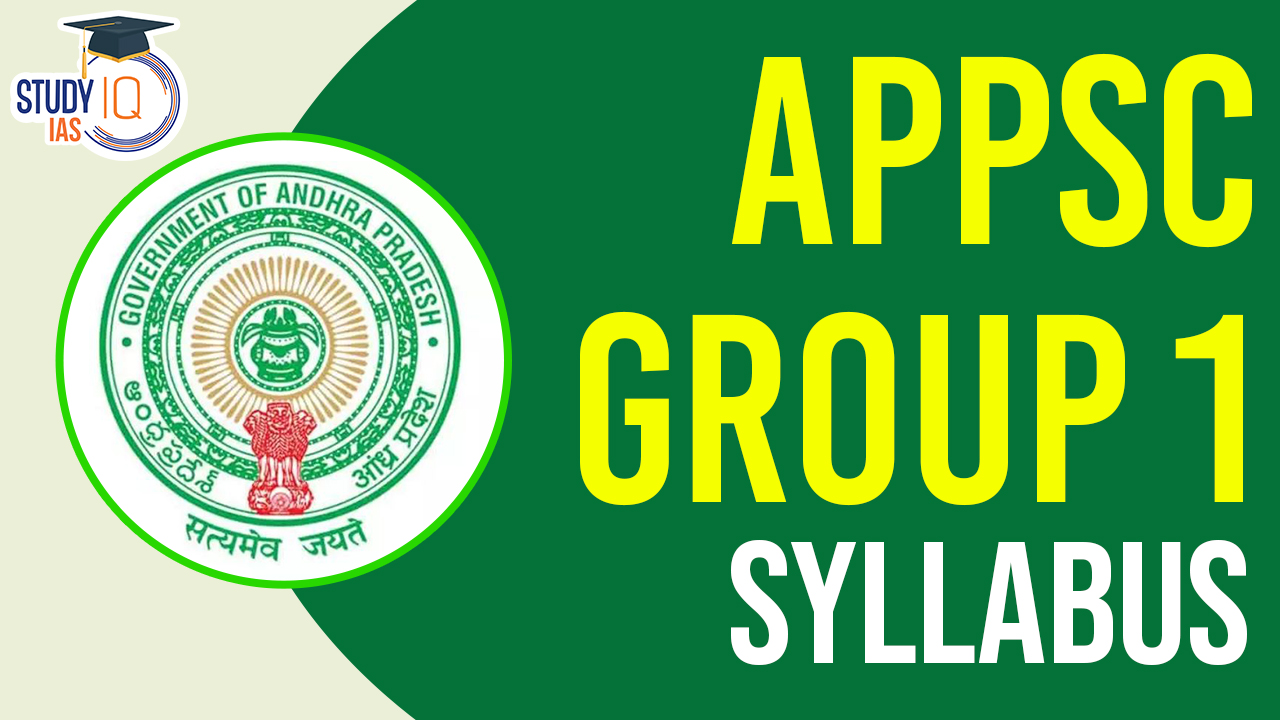
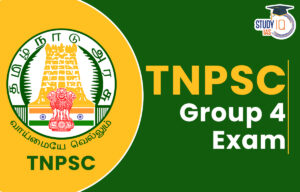 TNPSC Group 4 Exam Date 2025 Out: Check ...
TNPSC Group 4 Exam Date 2025 Out: Check ...
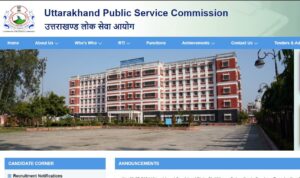 UKPSC Answer Key 2025 (Unofficial) Avail...
UKPSC Answer Key 2025 (Unofficial) Avail...
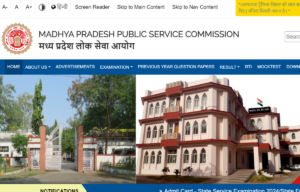 MPPSC Question Paper 2025, Download MPPS...
MPPSC Question Paper 2025, Download MPPS...
